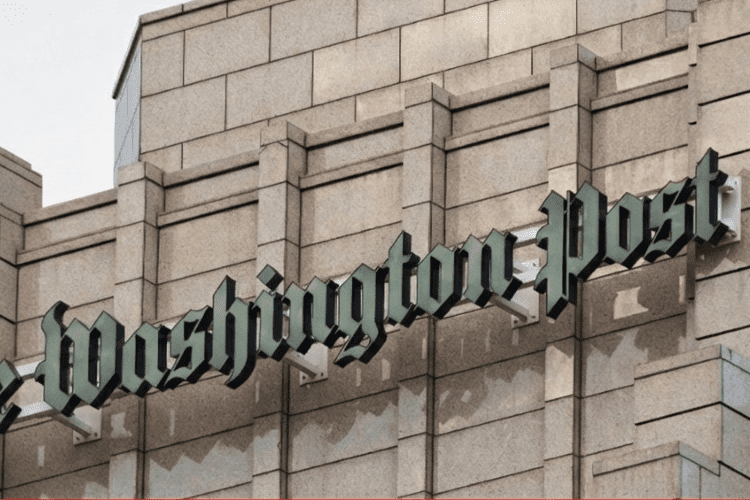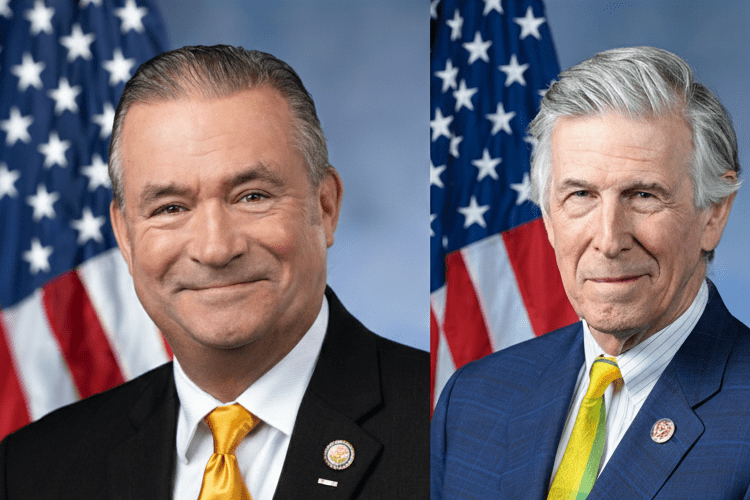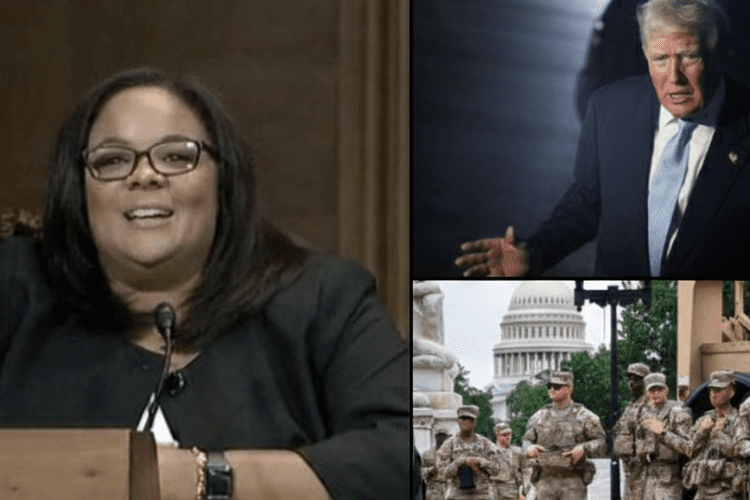Coast Guard’s Alleged Policy Shift Ignites Fury Over Trump’s DHS Overhaul
In the quiet town of Biloxi, Mississippi, where the Gulf’s gentle waves lap against shores scarred by Katrina’s fury and the weight of history’s unresolved ghosts, 28-year-old Jamal Thibodeaux stares at the faded Confederate flag tattoo on his forearm, a mark inked in youthful rebellion that now feels like a chain he can’t shake. Growing up biracial in a community where the Stars and Bars still fly from pickup trucks on football Fridays, Jamal joined the Coast Guard at 18, seeking structure in the blue-uniformed brotherhood that patrols the waters he calls home. “I wanted to serve, to prove I belonged,” he says, his voice low over the hum of a Biloxi bait shop, the salt air thick with memories of basic training drills where a recruit’s noose prank left him reeling, the rope’s shadow a reminder of lynchings his grandmother whispered about in hushed tones. That incident, investigated as a hate crime under the service’s strict zero-tolerance code, led to expulsion and counseling— a lifeline that pulled Jamal from the edge. But as whispers of a new policy swirl—reclassifying swastikas, nooses, and Confederate flags from outright “hate symbols” to mere “potentially divisive” icons—Jamal wonders if the Guard he loved is shifting sands beneath his feet, a change that could blur the lines between heritage and harm in a military family where every deployment carries the risk of division’s deep cut. “If they let that stuff slide, what message does it send to guys like me?” he asks, rolling down his sleeve, the ink a silent scar in a nation still wrestling with its symbols of sorrow.
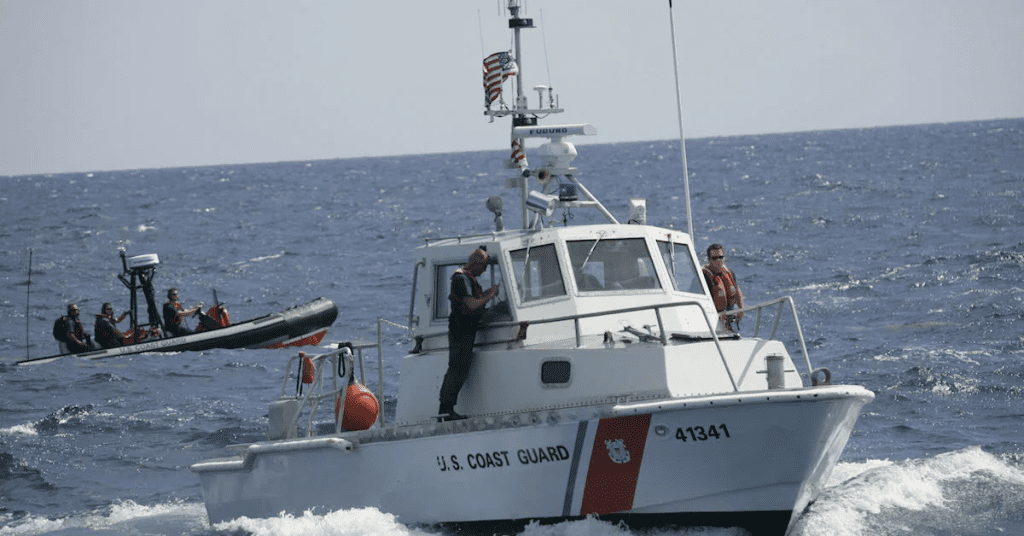
The spark that ignited this firestorm landed like a depth charge on November 20, 2025, when The Washington Post unveiled an explosive exposé claiming the U.S. Coast Guard—under the thumb of President Donald J. Trump’s Department of Homeland Security—had drafted a sweeping policy overhaul set to take effect December 15. Titled “Coast Guard Will No Longer Classify Swastikas, Nooses as Hate Symbols,” the piece, penned by national security reporter Shane Harris, drew from internal documents leaked to the paper’s sources, painting a picture of a service softening its stance on emblems long reviled as relics of racism and reign of terror. Under the proposed rule, displays of swastikas—the twisted cross that scarred six million Jewish souls in the Holocaust’s shadow—would no longer trigger automatic “hate incident” probes; nooses, the noose of lynch mobs that strangled Black lives from Jim Crow to Emmett Till, relegated to “potentially divisive” status; and Confederate flags, the stars and bars that flew over battlefields of bondage, treated as historical artifacts rather than hate’s heraldry. Investigations would persist, the Post noted, but without the scarlet letter of “hate,” a shift critics lambasted as a dangerous downgrade in an era when white supremacist attacks have surged 320% since 2017, per ADL tallies. For Jamal and his shipmates, the report hit like a rogue wave— a potential erosion of the Guard’s hard-won ethos of equity, forged in the fires of 2020’s racial reckonings when Commandant Karl Schultz banned Confederate imagery in a directive that echoed across all branches.
The article’s thunderclap reverberated from Biloxi’s bait shops to Baltimore’s barbershops, stirring a storm of outrage that crested within hours. Civil rights leaders like the NAACP’s Derrick Johnson thundered on MSNBC that it was “a green light for hate,” his voice rising like a revival sermon, while Jewish groups like the ADL fired off a letter to DHS Secretary Kristjen Nielsen demanding the draft be scrapped, their words weighted with the memory of Charlottesville’s 2017 tiki-torch terror. On social media, #CoastGuardHate surged to 500,000 posts, veterans like Jamal sharing stories of noose knots found in lockers or swastikas scrawled on barracks doors, the digital deluge a dam breaking for the silenced. “This isn’t policy—it’s permission,” tweeted Rep. Jamie Raskin, the Maryland Democrat whose district hugs the Chesapeake, his post liked 200,000 times in a day. The Post’s sourcing—anonymous insiders and redacted memos—lent an air of authenticity, the piece framing the change as Trump’s latest salvo in his culture wars, a nod to the MAGA base’s Confederate nostalgia amid his 2025 reelection push. For families like Thibodeaux’s, where dad’s Guard pension paid for braces and ballet lessons, the specter of softened standards evoked a visceral fear: a service sworn to protect all, now potentially pandering to the few who poison the ranks.
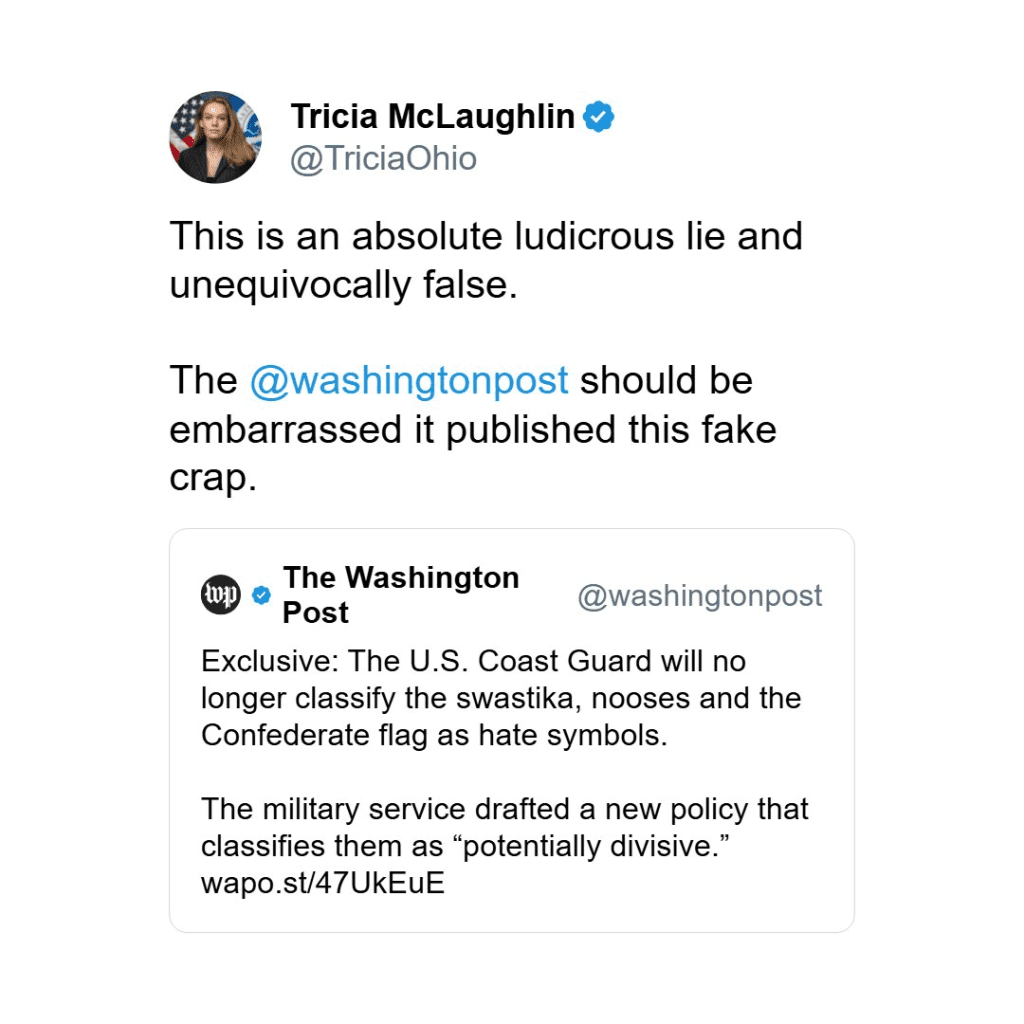
But within hours, the narrative nosedived into denial, the Coast Guard’s swift rebuttal crashing the story like a cutter through choppy seas. In a statement blasted at 2:17 p.m. ET, the service’s public affairs office labeled the report “categorically false,” affirming that “swastikas, nooses, and Confederate flags have been and remain prohibited” under longstanding directives unchanged since 2020. “There is no new policy classifying these as ‘potentially divisive’—such claims are baseless,” the release read, attaching a 2023 memo reiterating the ban on “hate symbols” in all contexts, from barracks to boats. DHS spokesperson Tricia McLaughlin amplified the clapback on X, her post a verbal volley: “This is an unequivocally false ludicrous lie and Washington Post should be embarrassed it published this fake crap.” The backlash was bipartisan buckshot—Rep. Don Bacon, R-Neb., a Guard veteran whose district borders Offutt Air Force Base, tweeted “Fake news strikes again—our service stands strong against hate,” while Sen. Mark Kelly, D-Ariz., the Navy fighter pilot turned lawmaker, echoed, “No tolerance for this nonsense; the Post owes an apology.” The Post, standing by its scoop, issued a terse update: “We reported on internal documents; the Coast Guard’s denial is noted, but the policy debate is real.” For Jamal, scrolling the feeds from his lunch break at the bait shop, the reversal brought a wary relief—”At least they shut it down quick”—but a lingering unease, the whiff of misinformation a fog that clouds trust in the very institutions meant to anchor us.
This flashpoint isn’t forged in a vacuum; it’s the flare-up of a nation navigating the minefield of memory and modernity, where symbols like the swastika—once a Hindu emblem of prosperity, now a Nazi nightmare—and the noose—tool of terror from slave ships to sundown towns—carry cargoes of collective trauma. The Coast Guard, the smallest armed service with 42,000 souls patrolling 3.4 million square miles of ocean, has long been a beacon of inclusivity, its ranks a rainbow of recruits from every corner of the republic. Post-Charlottesville, Commandant Schultz’s 2020 ban on Confederate flags was a watershed, prompted by a sailor’s noose found dangling in a berthing compartment, an incident that spurred town halls where Black, Latino, and Asian guardsmen shared stories of slurs scrawled on lockers and salutes twisted into sieg heils. “We serve together, we stand together,” Schultz wrote then, his directive a dam against division in a force where 25% are people of color. The Post’s report, citing a draft memo from DHS’s Office of Civil Rights, suggested a “nuanced” rebrand to “potentially divisive” for symbols with “historical context,” a semantic shift that alarmed advocates fearing it would embolden extremists in a service already strained by recruitment woes, down 10% since 2022 amid culture war crosswinds.

Trump’s DHS, helmed by Nielsen since January, has walked a tightrope on these issues—his first-term “Muslim ban” drawing fire for bias, but second-term reforms like the 2025 Hate Crime Reporting Act bolstering probes into antisemitic incidents by 40%. Nielsen, the Arizona border hawk whose tenure began with family separation headlines, has championed “common-sense equity,” her team rolling out training that contextualizes Confederate icons as “heritage, not hate” in Southern commands while maintaining zero-tolerance for swastikas. The Post’s piece, timed amid Trump’s Saudi summit where MBS touted $1 trillion in U.S. investments, fueled narratives of a president pandering to the right’s revisionists, but the denial deflates that balloon, highlighting the media’s rush to run with leaks in an era of anonymous sourcing. “Journalism demands verification, not velocity,” chides media ethics expert Jane Kirtley, her University of Minnesota office overlooking the Mississippi, the river’s flow a metaphor for facts that must run deep before surfacing. For Jamal, the episode is a gut-check: “I joined to protect, not parse symbols. Give us clarity, not controversy.”
As November’s twilight deepens over Biloxi’s bays, this saga settles like silt in the Gulf—a reminder that in the republic’s rough waters, symbols stir souls, and stories like Jamal’s demand we navigate with care. The Coast Guard, sails set on service, reaffirms its course: hate has no harbor here. For Thibodeaux, back on patrol with a clearer conscience, it’s a small victory in a big blue world—one where the flag flies true, and the fight for fairness sails on.
